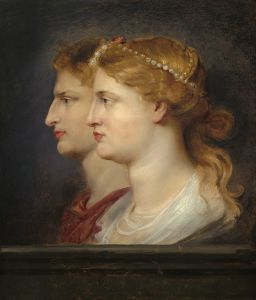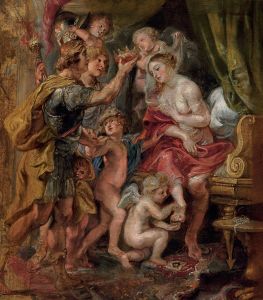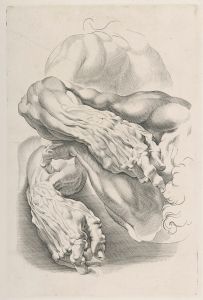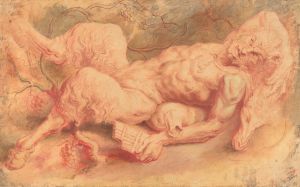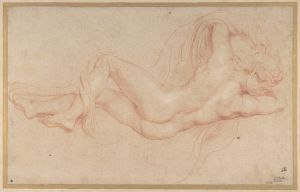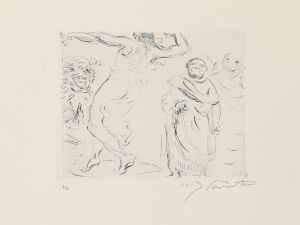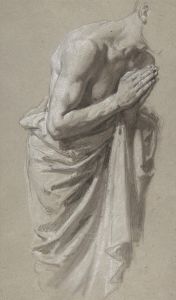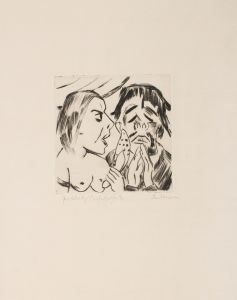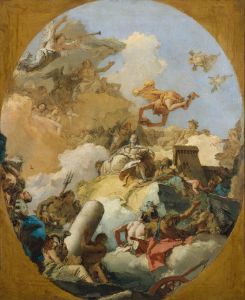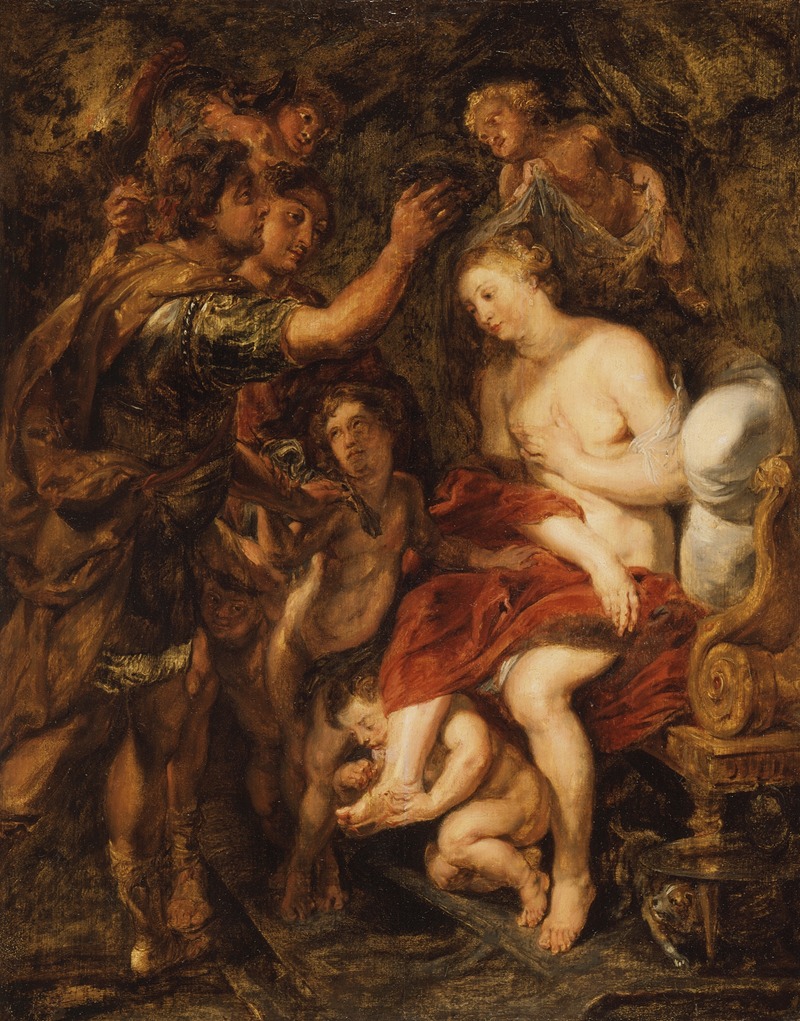
The Crowning of Roxana
A hand-painted replica of Peter Paul Rubens’s masterpiece The Crowning of Roxana, meticulously crafted by professional artists to capture the true essence of the original. Each piece is created with museum-quality canvas and rare mineral pigments, carefully painted by experienced artists with delicate brushstrokes and rich, layered colors to perfectly recreate the texture of the original artwork. Unlike machine-printed reproductions, this hand-painted version brings the painting to life, infused with the artist’s emotions and skill in every stroke. Whether for personal collection or home decoration, it instantly elevates the artistic atmosphere of any space.
"The Crowning of Roxana" is a painting by the renowned Flemish Baroque artist Peter Paul Rubens. Created in the early 17th century, this artwork exemplifies Rubens' mastery in depicting historical and mythological subjects with dynamic compositions and vibrant color palettes. The painting illustrates the moment when Roxana, the wife of Alexander the Great, is crowned, a scene that draws from classical antiquity and reflects Rubens' interest in historical narratives.
Peter Paul Rubens, born in 1577, was a prolific artist whose works are characterized by their energetic compositions and vivid use of color. He was deeply influenced by the Italian Renaissance and Baroque movements, having spent a significant period in Italy where he studied the works of masters such as Titian, Michelangelo, and Caravaggio. Upon returning to Antwerp, Rubens became a leading figure in the Baroque art movement, known for his ability to convey movement, emotion, and drama in his paintings.
"The Crowning of Roxana" captures a scene from the life of Alexander the Great, focusing on his marriage to Roxana, a Bactrian princess. This union is historically significant as it symbolizes the merging of different cultures under Alexander's expansive empire. The painting portrays Roxana being adorned with a crown, a moment that signifies her acceptance and elevation within the Macedonian court.
Rubens' depiction of Roxana is imbued with a sense of grandeur and opulence, characteristic of his style. The figures in the painting are rendered with a sense of movement and vitality, a testament to Rubens' skill in creating dynamic compositions. The use of rich, warm colors and the play of light and shadow enhance the dramatic effect of the scene, drawing the viewer's attention to the central figures.
The painting also reflects Rubens' interest in classical themes and his ability to infuse them with a sense of contemporary relevance. By choosing to depict a historical subject, Rubens not only showcases his knowledge of antiquity but also engages with the cultural and political ideas of his own time. The theme of unity and cultural integration, as represented by the marriage of Alexander and Roxana, would have resonated with audiences in the 17th century, a period marked by political alliances and territorial expansion.
"The Crowning of Roxana" is a testament to Rubens' ability to blend historical narrative with artistic innovation. His work continues to be celebrated for its technical brilliance and its capacity to convey complex themes through the medium of painting. As with many of Rubens' works, this painting exemplifies the Baroque ideals of movement, emotion, and grandeur, securing its place in the canon of Western art history.






